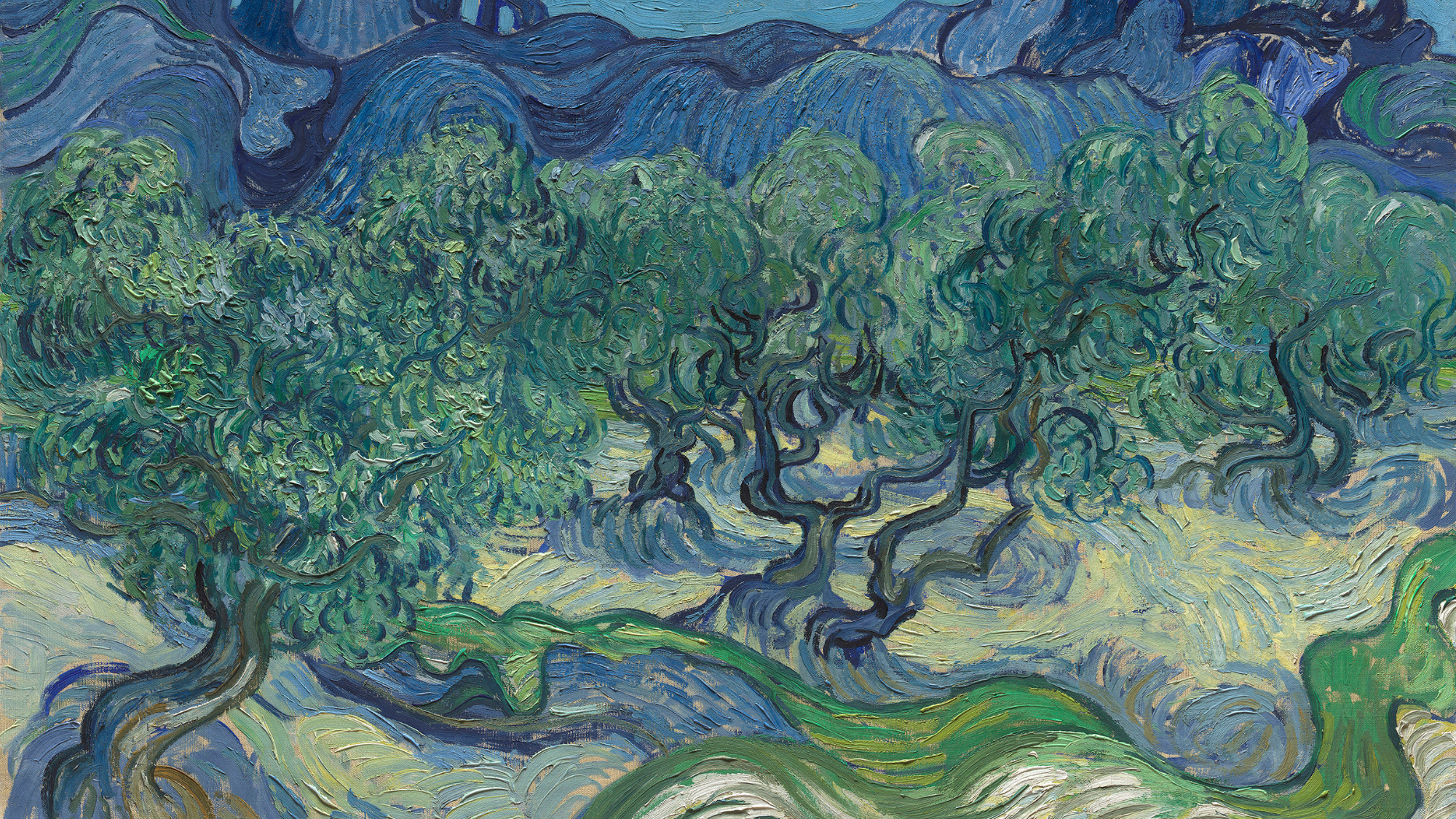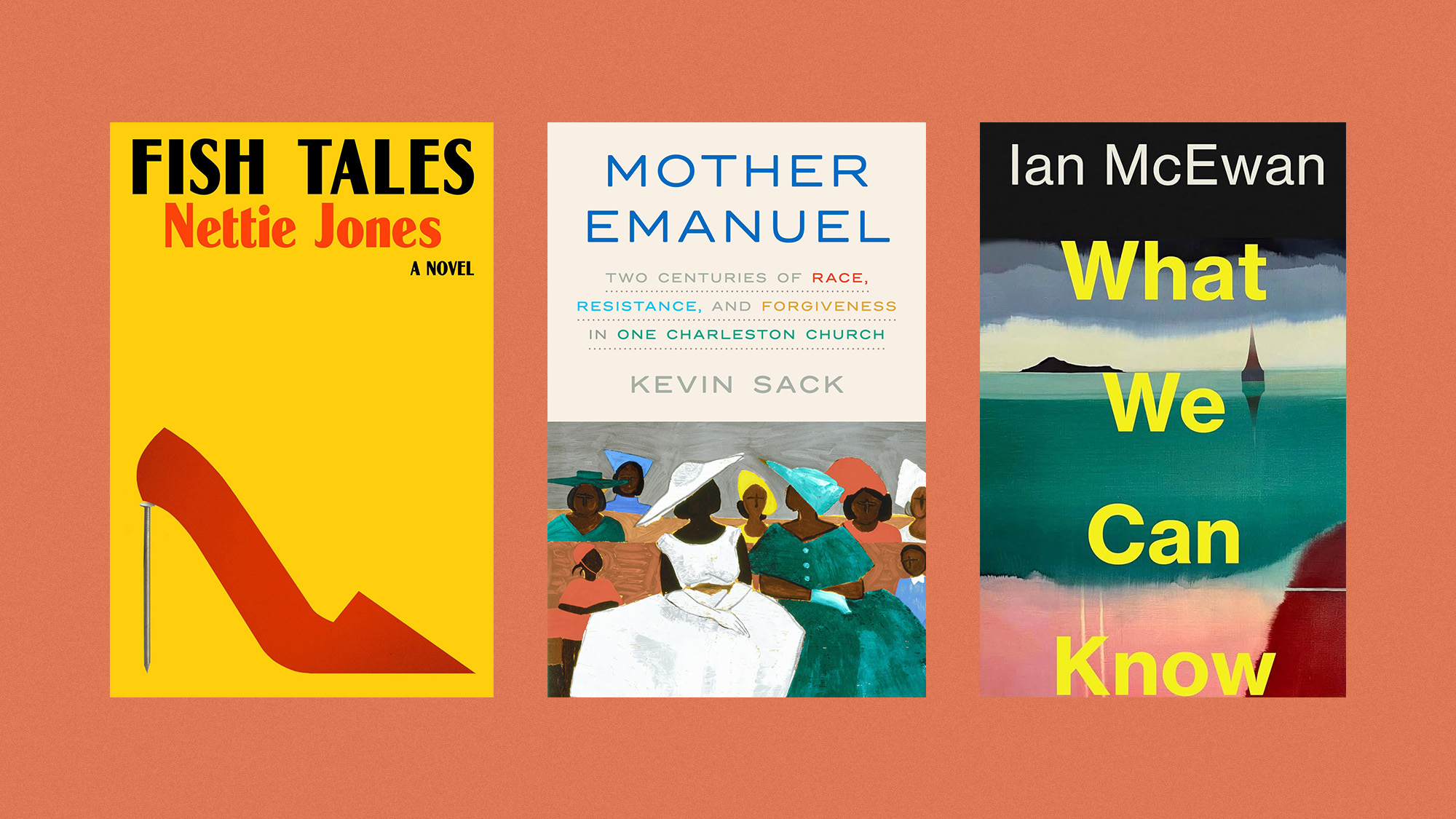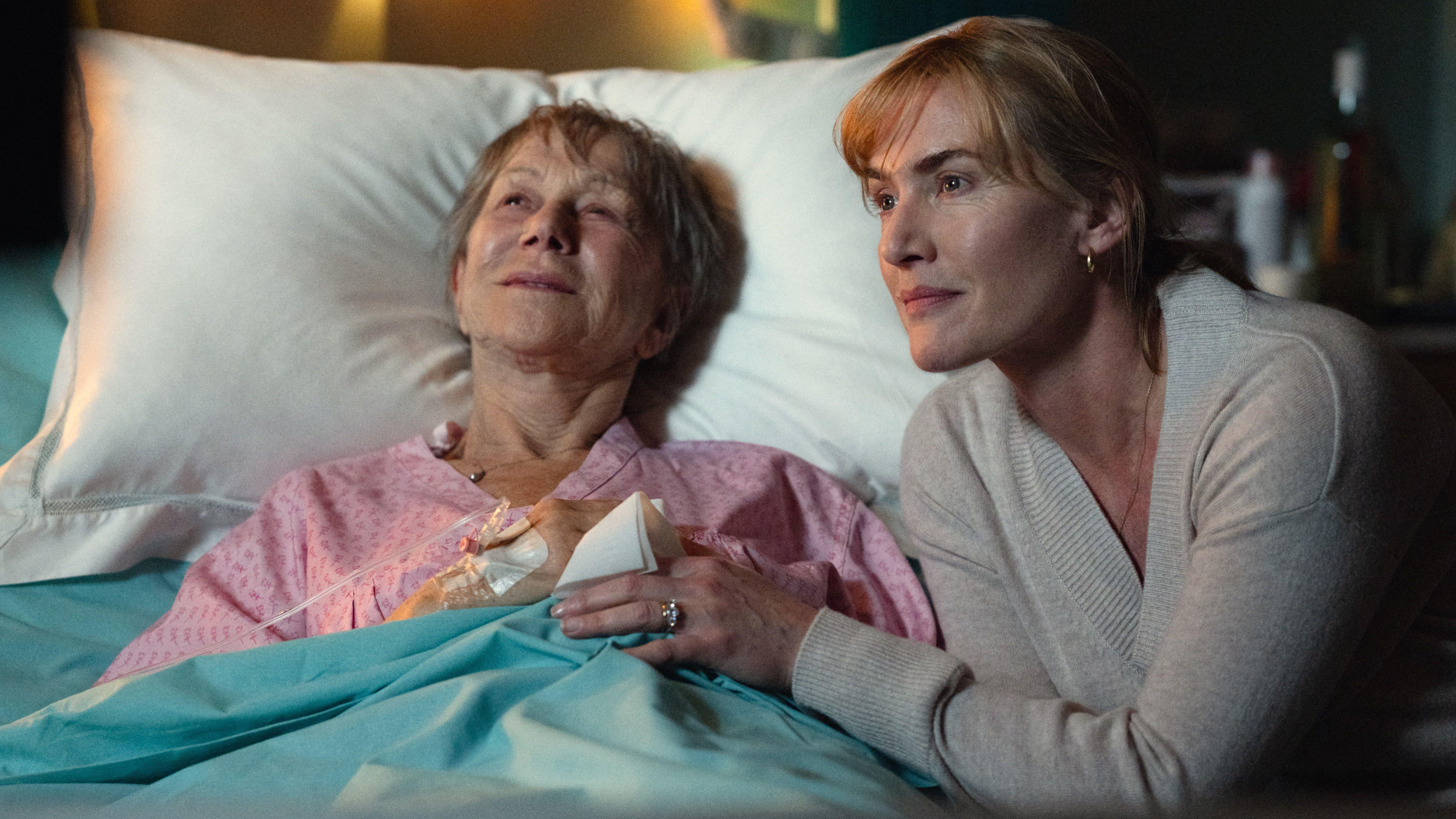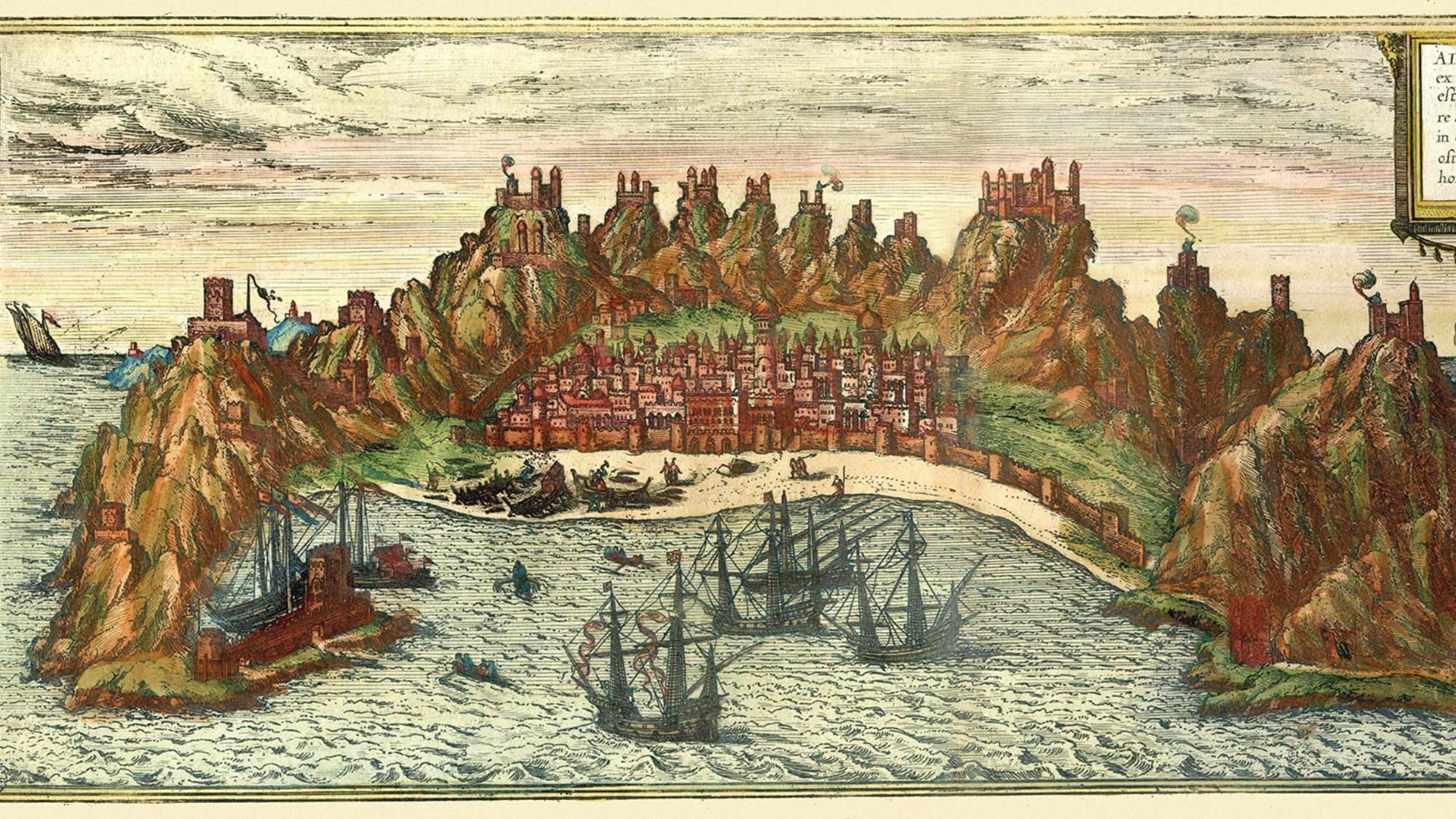Van Gogh: Poets and Lovers – a 'scintillating' and 'unmissable' show
Exhibition at London's National Gallery features a 'stunning array' of paintings from the last two years of the artist's life

Vincent van Gogh moved from Paris to Arles in Provence in February 1888, when he was 34. By the end of the year, he was in hospital after mutilating his ear. In May 1889, he was admitted to a nearby asylum. In 1890, he returned to northern France, where he died by his own hand in July. "Despite this bleak narrative, the artist's southern sojourn produced some of the most astonishing paintings of the modern era," said Rachel Spence in the Financial Times. "This comet trail of splendour is now mapped by 'Van Gogh: Poets and Lovers', a scintillating exhibition at London's National Gallery."
To celebrate the gallery's bicentenary, and the centenary of its acquisition of van Gogh's "Sunflowers", the curators have assembled a "stunning array" of 61 pictures created during these two years, said Alastair Sooke in The Daily Telegraph. As the title suggests, it is "strewn with paintings of individuals": the "lover" is a handsome army lieutenant; the "poet" a Belgian painter. But, as it progresses, the exhibition's abiding theme is "van Gogh's rhapsodic feeling for the natural world. Roses, poppies and oleanders; cypresses, pine trees and planes: at every turn, we encounter vegetation depicted with expressive brushstrokes like plentiful dollops of double cream." He almost seems like an "animist", communicating the "spiritual essence" of sunflowers, trees and roots. "The sense of rapture is breathtaking."
The show also challenges the traditional and rather "tasteless obsession with van Gogh's mental distress", said Florence Hallett on the i news site. Instead of "a madman possessed by a miraculous and terrifying genius", the Vincent we meet here is "an artist working to a rational, even methodical, plan". He conceived "coherent groups and series" of paintings: "sunflowers, olive groves, gardens and people". The Yellow House, which he lived in at Arles, was the focus for his plans and ambitions. Here he dreamed of establishing an "artist's house" decorated with paintings hung according to his schemes, a "studio of the South", where colleagues such as Paul Gauguin could come to stay and work.
The Week
Escape your echo chamber. Get the facts behind the news, plus analysis from multiple perspectives.

Sign up for The Week's Free Newsletters
From our morning news briefing to a weekly Good News Newsletter, get the best of The Week delivered directly to your inbox.
From our morning news briefing to a weekly Good News Newsletter, get the best of The Week delivered directly to your inbox.
A "high point" of this wonderful show is that a triptych of paintings he intended to hang together have been united, for the first time: the National Gallery's "Sunflowers"; another sunflower painting on loan from Philadelphia; and, in the middle, "La Berceuse" (1889), a portrait of his neighbour, Augustine Roulin, rocking an unseen cradle. All in all, this is a "magnificent" exhibition.
The show is packed with canvases to make the heart "explode with joy", said Chris Harvey in The Independent. The "ubiquity" of van Gogh's work in reproduction can "blind us to the depth of his talent", but he paints with such intensity that even works produced at his lowest ebb feel "transcendent" up close. "The garden of the asylum at Saint-Rémy" (1889), for instance, sees him finding delight in the "overgrown sprawl of trees, shrubs, weeds and grasses", notwithstanding the mental turmoil that had driven him there.
We also see how he used his "poetic imagination" to transform reality: abandoning formal perspective in his "gorgeous" "The Bedroom". In "The Lover (Portrait of Lieutenant Milliet)", he turns a rakish drinking companion into "a mythical being" with "green-hued skin". This show is a reminder of van Gogh's almost unrivalled "capacity to provoke intense emotion in the viewer". "The National Gallery clearly wanted it to be unmissable. It is."
National Gallery, London WC2. Until 19 January 2025
A free daily email with the biggest news stories of the day – and the best features from TheWeek.com
-
 5 fairly vain cartoons about Vanity Fair’s interviews with Susie Wiles
5 fairly vain cartoons about Vanity Fair’s interviews with Susie WilesCartoon Artists take on demolition derby, alcoholic personality, and more
-
 Joanna Trollope: novelist who had a No. 1 bestseller with The Rector’s Wife
Joanna Trollope: novelist who had a No. 1 bestseller with The Rector’s WifeIn the Spotlight Trollope found fame with intelligent novels about the dramas and dilemmas of modern women
-
 Codeword: December 20, 2025
Codeword: December 20, 2025The daily codeword puzzle from The Week
-
 Joanna Trollope: novelist who had a No. 1 bestseller with The Rector’s Wife
Joanna Trollope: novelist who had a No. 1 bestseller with The Rector’s WifeIn the Spotlight Trollope found fame with intelligent novels about the dramas and dilemmas of modern women
-
 The best books of 2025
The best books of 2025The Week Recommends A deep dive into the site of a mass shooting, a new release from the author of ‘Atonement’ and more
-
 Appetites now: 2025 in food trends
Appetites now: 2025 in food trendsFeature From dining alone to matcha mania to milk’s comeback
-
 The best music of 2025
The best music of 2025The Week Recommends These were some of the finest releases of the past year
-
 Man vs Baby: Rowan Atkinson stars in an accidental adoption comedy
Man vs Baby: Rowan Atkinson stars in an accidental adoption comedyTalking Point Sequel to Man vs Bee is ‘nauseatingly schmaltzy’
-
 Goodbye June: Kate Winslet’s directorial debut divides critics
Goodbye June: Kate Winslet’s directorial debut divides criticsTalking Point Helen Mirren stars as the terminally ill English matriarch in this sentimental festive heartwarmer
-
 A Christmas Carol (or two)
A Christmas Carol (or two)The Week Recommends These are the most delightful retellings of the Dickens classic from around the country
-
 ‘Capitalism: A Global History’ by Sven Beckert and ‘American Canto’ by Olivia Nuzzi
‘Capitalism: A Global History’ by Sven Beckert and ‘American Canto’ by Olivia NuzziFeature A consummate history of capitalism and a memoir from the journalist who fell in love with RFK Jr.